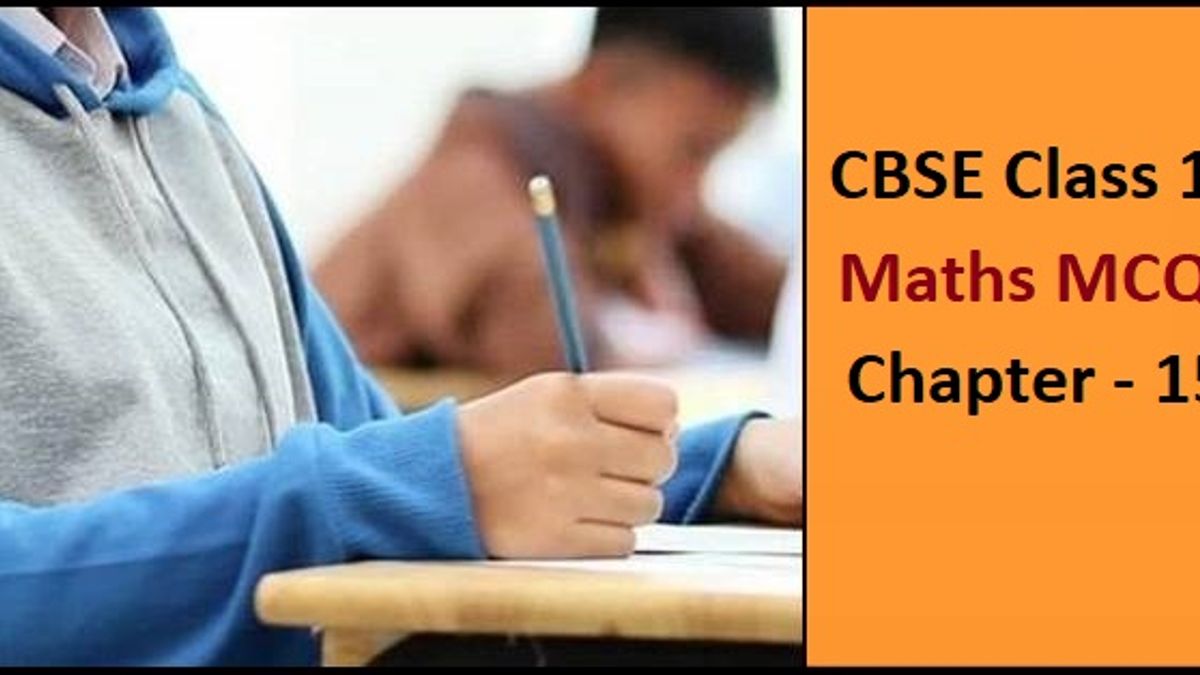Probability denotes the chance or possibility of something happening. It’s a branch of mathematics that focuses primarily on the probability of an occurrence. From 0 to 1, the value is expressed. The concept of probability aids in the production of future events.
Probability is the measurement of the degree to which something is likely to occur. This is the fundamental probability theory, which is also applied to the probability distribution, where you can think about the possible results of a random experiment. To determine the likelihood of a particular occurrence, we must first determine the total number of potential outcomes.
Definition:
Probability is a metric for determining the chance or possibility of an occurrence. Many things are impossible to predict with 100% accuracy. Using it, we can only estimate the probability of an occurrence by how probable it is to occur. Probability will range in theory from 0 to 1, with 0 denoting an unlikely probability1 denoting a certain chance. Probability for Class 10 Maths is an important subject for students since it describes all of the fundamental concepts.
Calculating Probability:
The probability formula states that the ratio of the number of favourable outcomes to the total number of outcomes equals the probability of an occurrence.
Probability of an incident occurring P(E) = Number of positive outcomes/Total Number of positive outcomes
Students sometimes confuse the terms “favourable outcome”“desirable outcome.” This is the fundamental formula. There are, however, additional formulas for various conditions or events.
Various Probability Types
Probabilities can be divided into three categories:
- Theoretical Probability:
Theoretical Probability is a division of probability theory that focuses on the likelihood of anything occurring. The reasoning behind probability is the foundation of theoretical probability. If a coin is flipped, for example, the theoretical chance of having a head is 12 percent.
- Experimental Probability:
It is founded on the findings of a scientific experiment. The experimental probability can be determined by multiplying the total number of trials by the number of potential outcomes. If a coin is flipped 10 timesheads is registered 6 times, the experimental likelihood of heads is 6/10 or 3/5.
- Axiomatic Probability:
A collection of rules or axioms are defined in axiomatic probability that apply to all forms. Kolmogorov developed these axioms, which are known as Kolmogorov’s three axioms. The probabilities of events occurring or not occurring can be quantified using the axiomatic approach to probability.
There’s also a subtype known as conditional probability which focuses on the likelihood of an event or outcome occurring based on the occurrence of a prior event or outcome.
An Event’s Probability:
Assume that an occurrence E will happen in r ways out of a total of n equally likely ways. The probability of the event occurring or its success is then expressed as;
P(E) = r/n
The likelihood of the event not occurring, also known as its failure, is expressed as:
P(E’) = (n-r)/n = 1-(r/n)
E’ denotes that the incident will not take place.
As a result, we can now say:
1 = P(E) + P(E’)
This implies that in every random test or experiment, the sum of all possibilities equals 1.
Equally Likely Events:
Equally probable events occur when two or more events have the same statistical likelihood of occurring. If you throw a dice, for example, the chance of having 1 is 1/6. Similarly, taking all of the numbers from 2,3,4,5,6 one by one has a chance of 1/6. Based on this, here are some examples of equally possible outcomes when rolling a dice:
Getting 35 on a dice toss:
Using two dice to get an evenan odd number. Since the odds of each occurrence are identical, getting 1, 2, or 3 on a die is equally probable.
Complementary Events:
The probability that there will only be two outcomes, one of which states whether or not an incident will take place. In other words, the likelihood of an occurrence happening in the exact opposite direction of the probability of it is not occurring. Here are some more examples:
- Today, it will either rain or not rain.
- The student can either pass or fail the test.
- You either win or you don’t win the lottery.

